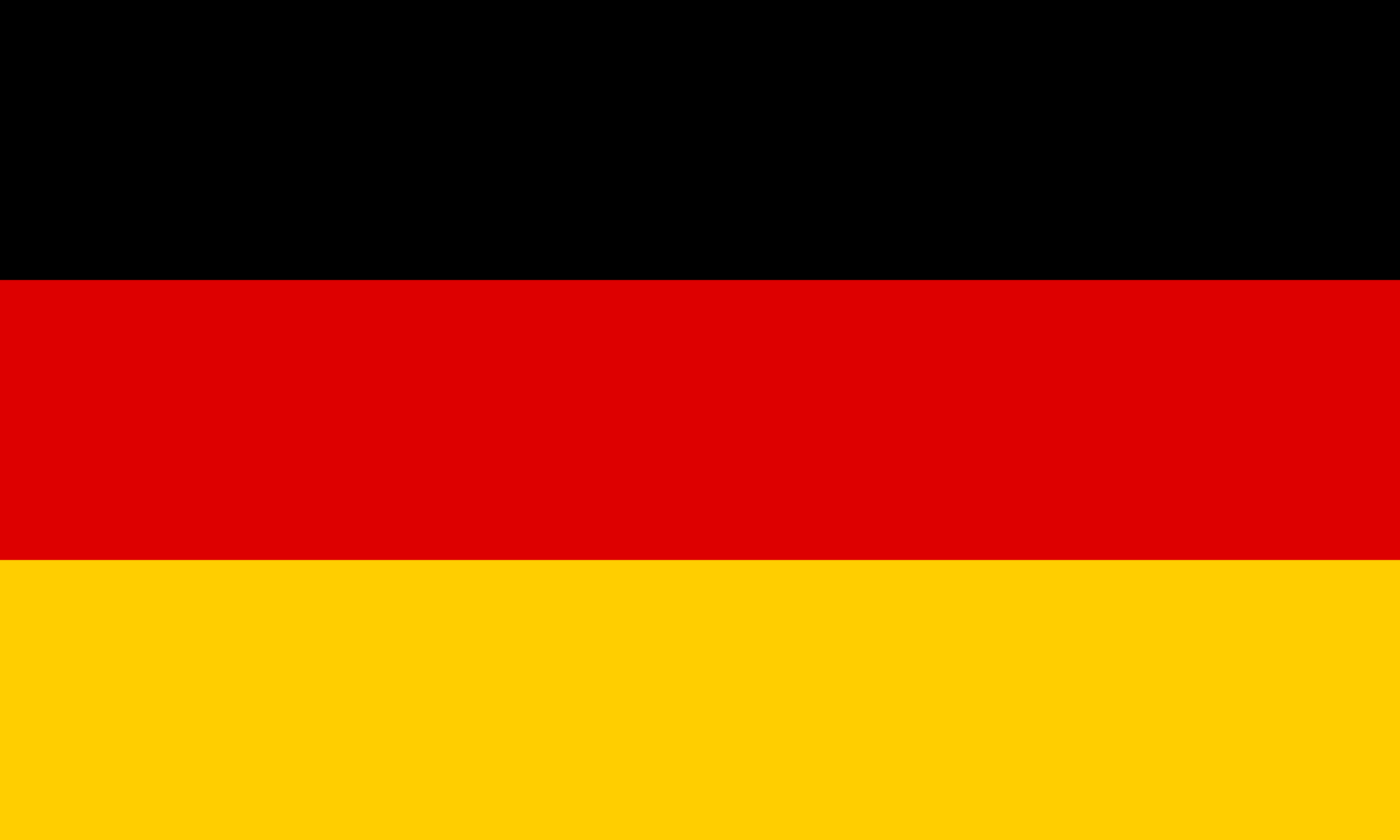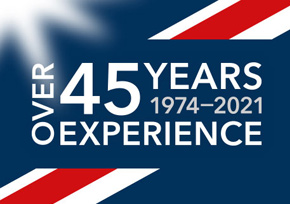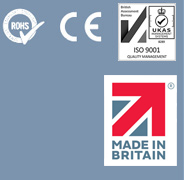Torque Measurement Using Wireless Technology
Sponsorship of University of Quebec Engineering Team
Formula SAE is an international engineering competition where student teams compete with single-seater race cars they have designed and built themselves. Mantracourt have sponsored the 'Ecole de Technologie Superieure' engineering team from the University of Quebec since 2009, providing instrumentation for their prototype design and build.
452 teams from 41 different countries spread across 5 continents take part in the competition and there are major Formula SAE events held in the USA, UK and Germany. Events also take place all over the world in countries such as Austria, Hungary, Japan, Thailand, Brazil and Australia.
The ETS Formula SAE Team from the University of Quebec is renowned for its lightweight and ergonomic car design, its excellent suspension design and its scientific approach to vehicle validation and development.
The Problem:
The team designed a new differential assembly for the 2011 prototype. Theoretical calculations are always a good approach when designing from scratch, but validation and data acquisition are a must for its development. The behaviour of the system needed to be monitored as there were a few concerns. Typical strain gauge installation for the measurement of the torque transmitted to the driveshaft was not an option because of rotation. The required wireless data transmission couldn't even be be partly stationary (e.g. the receiving antenna) as the shaft is always moving. Finally, the shape and physical packaging of the rear of the car cannot provide easy installation of a wireless data transmission system.
The Solution:
Strain gauges were installed on each driveshaft. These were connected to a strain gauge to radio telemetry T24-SA transmitter. A machined short cylinder, acting like a holder for the transmitter and the battery, was mounted on the driveshaft. The T24-AO1 wireless receivers were installed on a bracket near the transmitter for better signal transmission and were connected to the car’s data acquisition system (Motec ACL). A calibration was required to convert the electric signal into a known torque so a lever supporting a known weight was used to apply the desired torque.
Products used in this application:

















.jpg&w=125&h=125&far=1&bg=FFFFFF&hash=60b93235c37f318120547708e8620c95)





